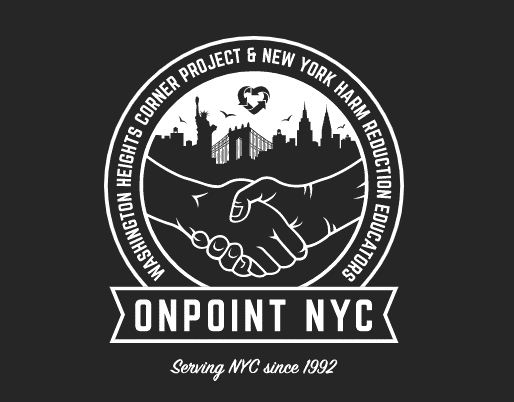A harm-reduction organization in New York City hosts two overdose prevention centers, the first in the United States
Opioid-related fatalities can occur when users consume drugs alone or without adequate supervision. To reduce the risk of overdose, in 2021 OnPoint NYC, a well-established harm reduction organization in New York City, opened the first city-sanctioned overdose prevention centers (OPCs) in the U.S., also called supervised consumption sites or safe injection facilities. The OPCs are located at existing syringe exchange programs, and staff are trained in overdose reversal techniques, including administration of oxygen and naloxone. Clients, many of whom are homeless and injection drug users, are provided with hygienic spaces for consumption, monitored during substance use, and offered counseling and access to services such as drug treatment and health care, as well as referrals to social support agencies. Besides saving lives and encouraging access to treatment, the OPCs reduce the disruption, safety hazards, and litter associated with public consumption of street drugs.
A press release from the New York Department of Health provides a snapshot of the OPCs' initial success, and a video with the program director gives a detailed review of their rationale, implementation challenges, and accomplishments. Although illegal under US federal law, OPCs have been in existence internationally since 1986, with over 120 OPCs in Europe, Canada, and Australia, according to a recent policy review. The comprehensive harm reduction approach taken by OnPoint NYC has made its OPCs the focus of many news reports, but given recent evidence of their effectiveness in reducing overdose fatalities, other cities in the U.S. may follow New York's lead in establishing OPCs. A supervised injection program in Ottawa is described here.
Data show how Overdose Prevention Centers reduce needless suffering and avoidable death, The simple truth is that Overdose Prevention Centers save lives – the lives of our neighbors, family, and loved ones.









